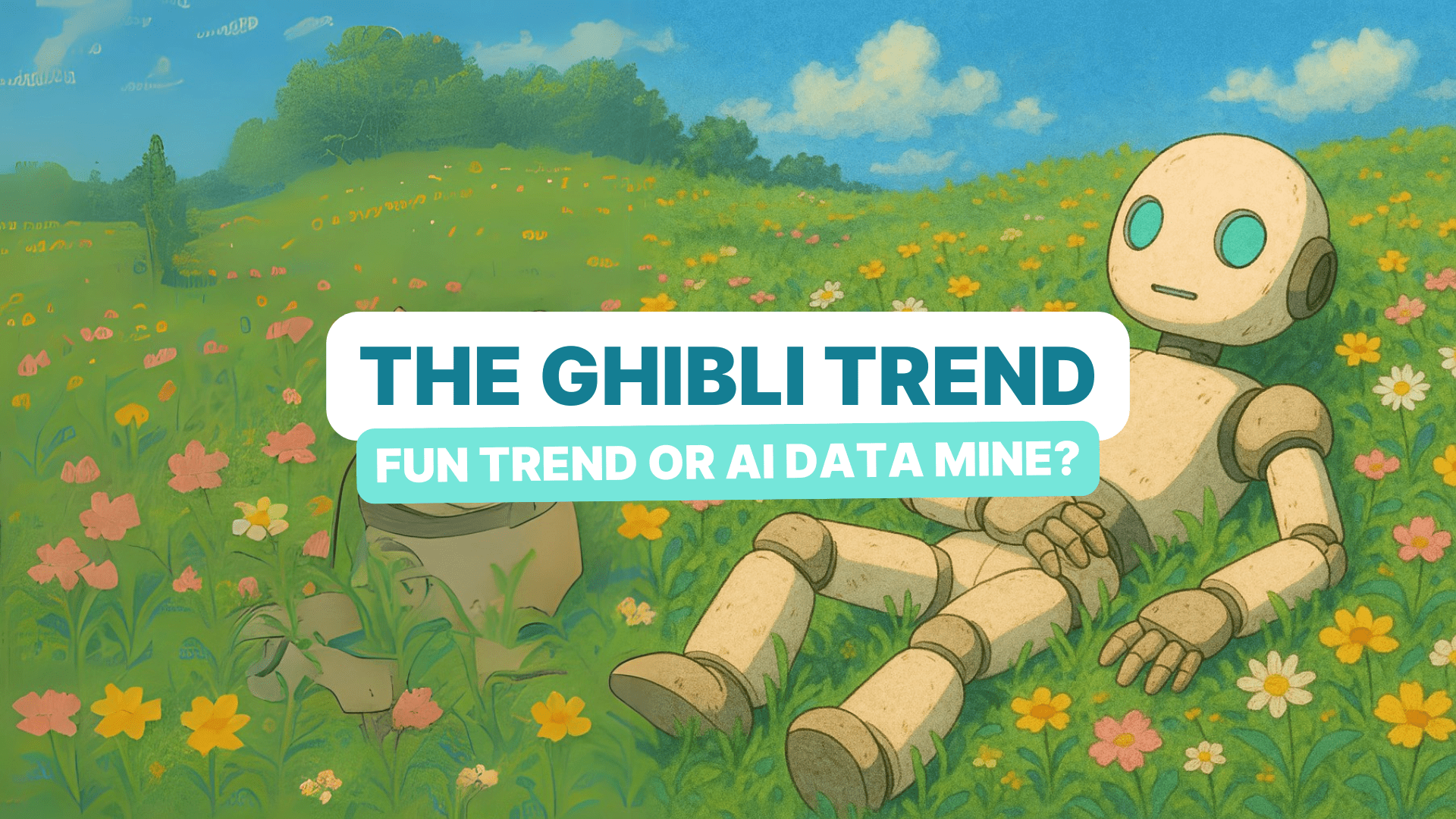
Growing up in the early 2000s, Ghibli has been a recurring topic of interest in my household. From heartfelt classics like My Neighbour Totoro, to gut wrenching pieces such as Grave of the Fireflies, Ghibli’s art style is immediately recognisable to fans around the globe. The unmistakable Ghibli aesthetic, with its lush landscapes and charming characters is consistent across films.
So when ChatGPT rolled out its new feature that transforms any image into a high-quality masterpiece, almost as if it were hand-drawn by Miyazaki himself, I was instantly sold. Out of curiosity, I gave it a try. The results? Surprisingly good at a glance, with the AI capturing the essence of my prompt more often than not.
But under closer scrutiny, the cracks start to show: awkward hands, odd proportions, and sometimes inconsistent lighting. And unless you’re a paid subscriber, the limited prompt count means you’re often left waiting 24 hours for another shot at perfection.
This Ghibli-inspired trend went viral after a user named Grant Slatton shared a family photo transformed by the tool, which quickly captured the internet’s imagination. Since OpenAI released its GPT-4.0 powered image generation publicly, ChatGPT has reached a record 150 million active users. But behind the visual novelty lies a bigger question: what does this trend tell us about the future of AI, creativity, and how businesses use these tools?
The Ghibli Effect: AI Creativity vs. Ethical Concerns
AI image generators like DALL·E have transformed how we create visual content, enabling users to turn ordinary photos into stunning, stylized artwork – like the current trend of Ghibli-inspired images. But behind the beauty lies a deeper question: where does AI learn to create like this?
These models are trained on vast datasets scraped from the internet, encompassing everything from stock images to copyrighted illustrations. To emulate Ghibli’s visual language, the AI analyzes countless artworks, learning color palettes, brush techniques, and compositional structures. But herein lies the ethical dilemma: were these artworks used with permission? Were the original creators credited or compensated? And do users know their uploaded photos might one day be used to train the very systems they’re experimenting with?
Copyright – It’s Just A Copy, Right?
In the 2016 documentary Never-Ending Man: Hayao Miyazaki, developers showed the legendary filmmaker an AI-generated animation of a zombie. His response? “Whoever creates this stuff has no idea what pain is whatsoever. I am utterly disgusted… I strongly feel that this is an insult to life itself.” Miyazaki’s sentiment underscores the unease surrounding AI-generated art. If a machine mimics a style but doesn’t understand its soul, can what it produces truly be called art?
So, when AI creates a new image, who really owns it? Is it the person who provided the original prompt or photo? Is it the company that created the AI tool? Or, perhaps, does it belong to the creators whose styles and works were used to train the model in the first place? According to legal experts, ownership depends on the platform’s terms and conditions. While some tools allow users to retain ownership of outputs, others have provisions that may limit users’ rights. For instance, some AI tools allow users to own the generated content if they are paying subscribers. Free-tier users may not have exclusive ownership, as content can be reused or shared by others. However, it is important to consider that these Terms of Use also grant OpenAI the right to use user-generated content for improving the model and conducting research. This then creates a gray area, especially as millions readily upload personal images, potentially transforming private creations into tempting resources for AI model development, highlighting that initial ownership doesn’t necessarily guarantee enduring control.
Through this article, it has been fascinating to explore and push the limits of AI through fun trends such as this. The accessibility and convenience of such tools means that anyone can effortlessly create visually creative art, often without an artistic background. While individual users might find it entertaining to play around with AI and reimagining their selfies into something straight out of a movie scene, does the same apply to businesses who incorporate AI generated imagery, typically for financial gains?
And knowing this, would you still choose to use AI for your brands?